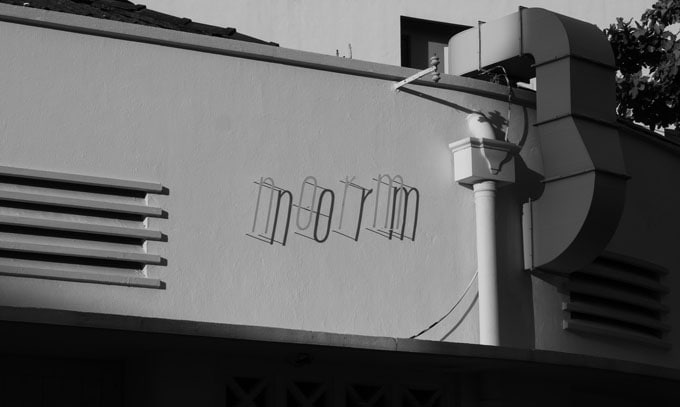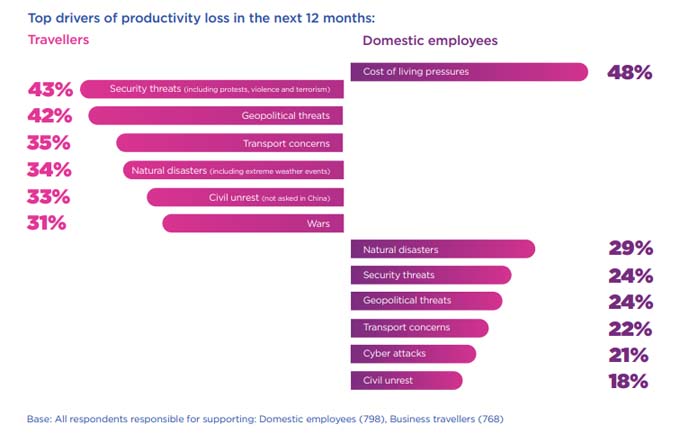Study: The customer experience is becoming increasingly important
More than half of Swiss companies have recognized that the customer experience continues to gain in importance. Just under half of those surveyed today believe that the customer experience offered by their company has also improved accordingly compared to the previous year. In order to further increase customer satisfaction and loyalty, and at the same time to enhance their own brand [...]

More than half of Swiss companies have recognized that the customer experience continues to gain in importance. Just under half of those surveyed now believe that the customer experience offered by their company has also improved accordingly compared to the previous year. In order to further increase customer satisfaction and loyalty and at the same time strengthen their own brand, companies are primarily investing in their IT systems, in training for their employees and in the optimization of digital channels. This is shown by the CEX study of the HWZ University of Applied Sciences Zurich, which was conducted for the 6th time this year, in cooperation with the consulting firm Nexa Consulting. The long-term study shows the development trends in customer experience in Switzerland.
"Optimizing the customer experience is more like a marathon than a sprint. The results show encouraging progress in recent years - but also prove that there is still enormous room for further improvement," says Prof. Dr. Michael Grund, Head of the Department of Marketing and Business Communications at the HWZ. 51 percent of the 139 participating companies from a wide range of industries in German- and French-speaking Switzerland, which were surveyed in the annual study between August and October, believe that the topic of customer experience has become even more relevant in their company compared to the previous year. The three biggest challenges in German- and French-speaking Switzerland are: The lack of processes, the corporate culture, which tends to be perceived as conservative, and the lack of expertise. Striking: Since the beginning of the study, corporate culture has been among the biggest challenges to further strengthen digital channels, accelerate innovation and development of products, and professionalize customer analyses, among others.
This year, the CX maturity score recorded the strongest growth ever and the highest value since the study was launched in 2017. Anne-Laure Vaudan, Managing Partner of Nexa, points out, "Companies are showing a positive sentiment, which is probably the result of the numerous customer experience projects carried out at an accelerated pace during the pandemic. This is also the result of targeted investments and an increasingly structured internal CX organization."
Priorities for 2023
The main reason for investing in the context of customer experience is to increase and strengthen customer satisfaction, customer loyalty, and brand differentiation. The 2023 priorities underpin the challenges identified in the study as far as the customer experience is concerned. As a result, companies are primarily investing in IT systems, employee training and digital channel optimization. As far as the budgets earmarked for customer experience are concerned, the companies expect the use of funds to remain the same or to increase slightly.

















 What if CO2 could be used to produce sustainable and climate-neutral fuel? This question is
What if CO2 could be used to produce sustainable and climate-neutral fuel? This question is 



 GfK highlights the most important results of Black Week in the area of technical consumer goods. With a sales volume of CHF 114.2 million and an increase of +11.5 percent, Black Week 2022 was within the forecast range. Thus, even the record mark of two years ago (CHF 110.2 million) was exceeded.
GfK highlights the most important results of Black Week in the area of technical consumer goods. With a sales volume of CHF 114.2 million and an increase of +11.5 percent, Black Week 2022 was within the forecast range. Thus, even the record mark of two years ago (CHF 110.2 million) was exceeded.

